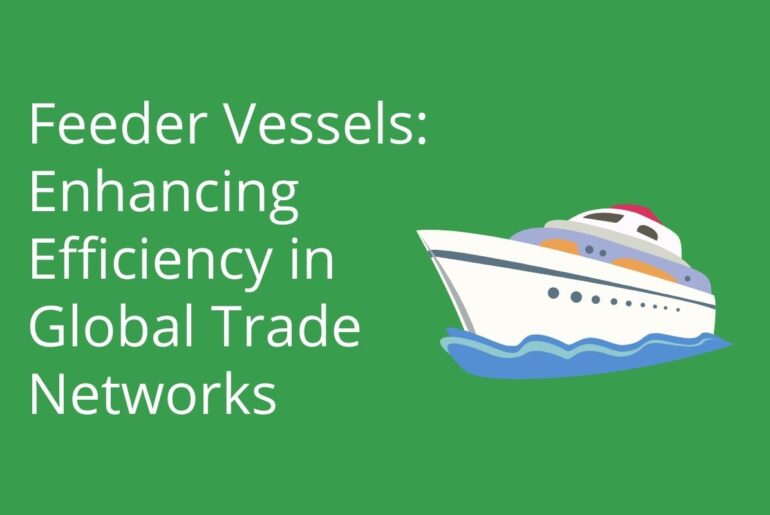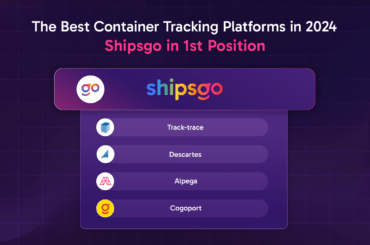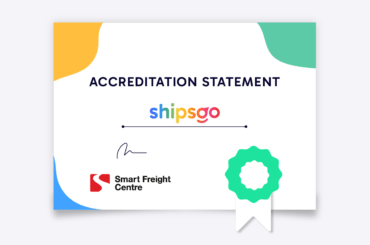Feeder vessels play an essential part in shipping by connecting smaller terminals or ports with larger hub ports for efficient distribution. In this blog post, we’ll take an in-depth look at their significance, their operational characteristics and impactful impact on supply chain efficiency. Feeder vessels are essential:
These vessels serve as the backbone of regional trade, transporting goods between smaller ports that larger vessels cannot access and larger global markets, connecting regional economies to global ones while supporting economic development and supporting economic growth in an economy with limited port infrastructure such as landlocked countries or regions lacking sufficient port facilities. Feeder services have proven particularly essential when conducting trade between landlocked regions with no access to sea ports such as India.
Operational Characteristics of Feeder Vessels
Feeder vessels tend to be smaller in size compared with their larger counterparts such as container ships or bulk carriers, enabling them to navigate shallow waters and access ports with limited draft. Feeder services usually operate on fixed schedules that call at multiple ports within one region frequently for cargo consolidation/deconsolidation services that save larger vessels time by calling at only those necessary ports at specific intervals. This enables efficient cargo consolidation/deconsolidation without needing for bigger ships to stop every port in their route between stops on larger vessels’ routes between visits allowing efficient cargo consolidation/deconsolidation/deconsolidation services on larger vessels that would stop every port time before.
Impact of Feeder Vessels on Supply Chain Efficiency
Feeder vessels greatly boost supply chain efficiency by optimizing cargo distribution. By consolidating cargo from multiple smaller ports onto larger vessels at hub ports, feeder services enable economies of scale and reduce transportation costs while at the same time decreasing congestion at smaller port calls and improving overall port efficiency.
Feeders play an essential part in strengthening regional trade connectivity. By linking smaller ports with major transshipment hubs where cargo can be transferred onto larger vessels for long-haul journeys, these vessels help businesses in smaller regions connect to global markets and take part in international commerce.
Environmental Considerations
These ships play an essential part in supporting shipping industry sustainability efforts, by consolidating cargo and decreasing direct port calls made by larger vessels; optimizing fuel consumption and emissions reduction while using smaller vessels with reduced TEU consumption can further support environmental responsibility.




